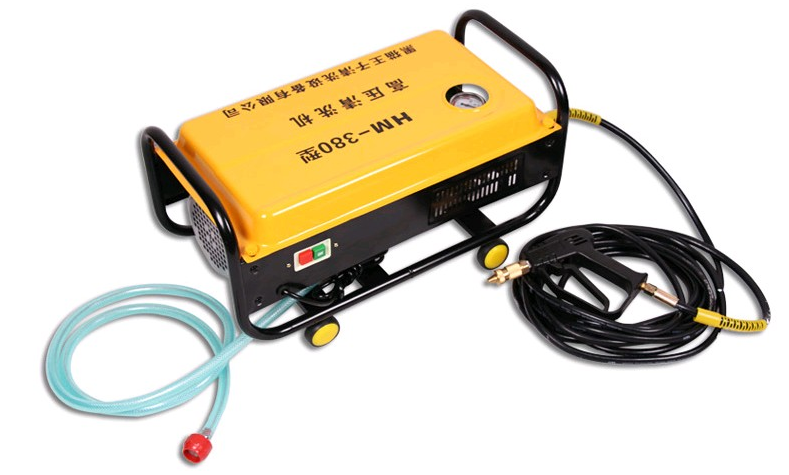Optimizing Layer Chicken Production with Effective Poultry Cage Solutions
តុលា . 03, 2024 00:28 Back to list
Optimizing Layer Chicken Production with Effective Poultry Cage Solutions
The Importance of Poultry Cages for Layer Chickens
Poultry farming is an essential sector within the agricultural industry, providing a consistent source of protein and nutrition through eggs and meat. Among the different types of poultry, layer chickens, which are raised primarily for egg production, hold a significant position. To maximize the efficiency and welfare of these birds, proper housing is crucial. This is where poultry cages play an indispensable role.
1. The Role of Cages in Layer Chicken Farming
Poultry cages are designed to provide a controlled environment for laying hens, ensuring they have the necessary conditions for optimal egg production. They support the welfare of the birds while also enhancing farm productivity. By utilizing cages, farmers can closely monitor and manage various factors impacting layer chickens' health and output, such as space, feed, water, and temperature.
2. Benefits of Using Poultry Cages
One of the primary advantages of using poultry cages in layer chicken farming is space efficiency. Cages allow for a vertical stacking system, which can house a larger number of birds in a smaller area compared to free-range systems. This maximization of space not only leads to more efficient land use but also simplifies management and monitoring processes.
Moreover, cages help to reduce potential conflicts among hens that can arise in free-range systems. It's common for birds to establish a pecking order, which can result in stress and injuries within a flock. By confining chickens to cages, farmers can mitigate these social stresses, leading to healthier birds and, ultimately, a higher rate of egg production.
3. Health and Biosecurity
Health management is another critical area where poultry cages contribute significantly. These cages help in maintaining a clean environment. By minimizing direct contact with feces and preventing birds from roaming into contaminated areas, cages significantly reduce the risk of disease outbreaks. Biosecurity is paramount in poultry farming, as diseases can spread rapidly, leading to substantial economic losses.
Cages also facilitate easier and more efficient health monitoring and veterinary care. Farmers can quickly assess the health status of each bird, administer vaccinations, and provide medical interventions if required. In contrast, monitoring free-range systems can be more challenging due to the birds' mobility and the larger area to cover.
poultry cages for layer chickens

4. Feeding and Watering Efficiency
With poultry cages, feeding and watering can be automated, leading to significant time savings and increased efficiency. Automated systems ensure that each bird has access to food and water without waste. This efficiency is crucial, particularly in large-scale operations where managing resources effectively is essential for profitability.
Furthermore, by controlling the feed input, farmers can optimize the nutritional intake of their layer chickens, which is vital for producing high-quality eggs
. Nutritional management becomes more straightforward, allowing adjustments based on production cycles and health needs.5. Environmental Considerations
The environmental impact of poultry farming is an ongoing concern, and poultry cages provide a potential solution to some of these issues. By concentrating birds in a confined area, manure can be collected more easily and managed efficiently, reducing the risk of runoff and pollution.
Additionally, with modern cage systems, farms can implement better waste management practices that allow for sustainable recycling of manure as fertilizer. This not only helps reduce environmental impact but can also enhance soil fertility on farms.
6. Welfare Considerations
While animal welfare is often cited as a concern with caged systems, modern cage designs have evolved to prioritize the comfort and health of the birds. Enriched cages, for instance, offer more space, nesting areas, and perches, allowing hens to exhibit natural behaviors. Such designs not only improve the welfare of the chickens but also align with increasing consumer demand for ethically produced eggs.
Conclusion
In conclusion, poultry cages for layer chickens are a vital aspect of modern poultry farming. They enhance space efficiency, health management, feeding and watering practices, and ultimately contribute to higher productivity. While the welfare of the hens should always be a priority, advancements in cage designs provide productive solutions that balance animal welfare and farm efficiency. As the demand for eggs continues to grow, the poultry industry must adapt and innovate, making poultry cages a key component of sustainable layer chicken farming practices.
-
High Performance Exhaust Fan – Efficient Ventilation Solutions for Home
NewsJun.10,2025
-
High-Quality Gestation Pen for Sows Durable Mobile Pig Pen & Simple Pig Pen Solutions
NewsJun.10,2025
-
High Quality Rabbit Cage Double Tier Designs & Welded Wire Mesh Supplier
NewsJun.10,2025
-
Floating Fish Feed Machine - High Efficiency Floating Fish Feed Extruder for Small Scale Production
NewsJun.10,2025
-
Premium Poultry Housing Solutions Mobile & Commercial Free Range Options
NewsJun.10,2025
-
Industrial FRP Fans Corrosion-Resistant Blades & Centrifugal Systems
NewsJun.09,2025






